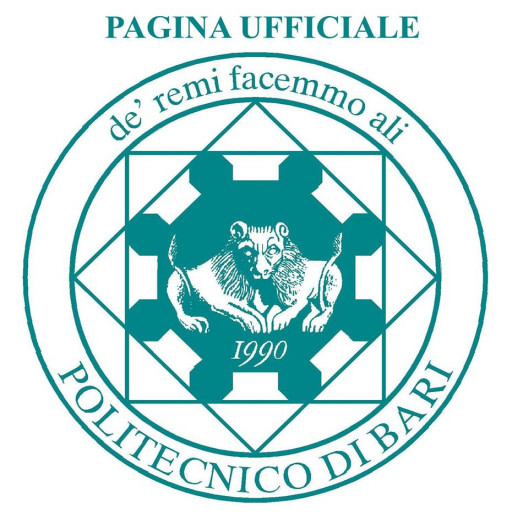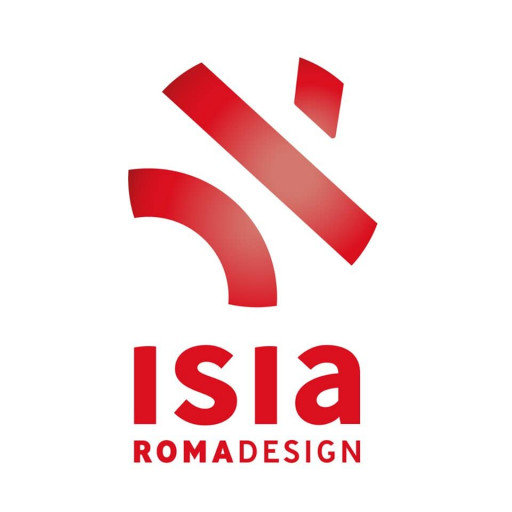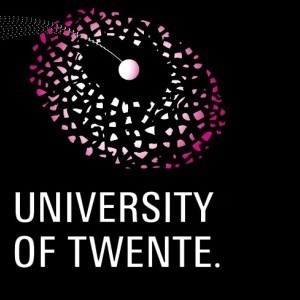Industrial Design at Griffith University offers a comprehensive and innovative program that prepares students to become creative problem-solvers and influential designers within a variety of industries. This undergraduate degree focuses on developing students' skills in designing functional, sustainable, and aesthetically appealing products, environments, and systems. The curriculum combines theoretical knowledge with practical experience, encouraging students to explore design thinking, prototyping, user-centered design, and material innovation. Throughout the course, students engage with industry projects, collaboration opportunities, and cutting-edge technology to ensure they are well-equipped to meet current and future design challenges. The program emphasizes sustainability, ergonomics, and cultural awareness, fostering graduates who are not only skilled in design principles but also conscious of their social and environmental impact. Students gain proficiency in CAD software, 3D modeling, and visualization techniques, enabling them to communicate their ideas effectively. The program also emphasizes teamwork, communication skills, and critical thinking, which are essential for success in a competitive global marketplace. With access to state-of-the-art facilities and dedicated industry partnerships, students have ample opportunities to build a professional portfolio during their studies. Upon graduation, students are prepared for careers in product design, furniture design, medical device innovation, user experience (UX) design, and other related fields. They are equipped to work in multidisciplinary teams, pursue entrepreneurial ventures, or continue their studies in postgraduate programs. The Bachelor of Industrial Design at Griffith University is ideal for individuals passionate about creating meaningful and innovative solutions that enhance everyday life and contribute positively to society.
Griffith University grants credit and recognition of prior learning that might relate to prior formal education or previous casual and non-formal learning. To find out more, please visit the following website:https://www.griffith.edu.au/apply/credit-transfer Credit transferGriffith's advanced Credit Precedent Database allows you to find out which credit decisions have been made before. These precedents will give you a sense of what you can expect.https://app.griffith.edu.au/credit-precedent/credit_result.php? Ngpc=1407&SortField=Linked%20Institution%20Name&noresultserror=error.html&search View credit precedents with this particular program
Program requirements for the Bachelor of Design (Industrial Design) at Griffith University typically include the completion of specified coursework, a minimum number of credit points, and possible portfolio submission. Applicants must generally satisfy the standard university admission criteria, which may include academic prerequisites such as a certain level of high school achievement or equivalent qualifications. International students may need to demonstrate English language proficiency through tests like IELTS or TOEFL, meeting minimum score requirements specified by the university. Prospective students often need to submit a portfolio demonstrating their creative and design abilities, showcasing their relevant skills and previous work. Additionally, some programs may require an interview or a design task to assess suitability for the program. The program usually comprises core courses in fundamental design principles, user-centered design, materials and manufacturing, visual communication, and design thinking. Students also undertake practical studio work, collaborative projects, and industry placements to gain real-world experience. To graduate, students are typically required to complete a set number of credit points, which may include a capstone project or a thesis component. The program emphasizes innovation, sustainability, and user experience to prepare graduates for careers in product and industrial design sectors.
The Griffith University offers various financing options for students enrolled in the Bachelor of Industrial Design program. Domestic students can access a range of financial support services, including government scholarships such as the Australia Awards and the Commonwealth Supported Place scheme, which can significantly reduce tuition costs. Additionally, students may be eligible for student income support programs like Youth Allowance or Austudy, depending on their circumstances. Griffith University also provides internal scholarships dedicated to design students based on academic merit, leadership qualities, and financial need, which are awarded annually and can cover partial or full tuition fees. For international students, financing options are primarily through private funding, scholarships offered by Griffith University, or external organizations. International students often benefit from multi-year scholarships that reduce tuition fees and provide living allowances. The university facilitates flexible payment plans, allowing students to pay their tuition in installment payments across the semester. Moreover, students can access financial advice and planning services through the university's Student Finance Office, which can help in budgeting and managing expenses related to the program. Some students may also qualify for student loans through government programs available for Australian residents. The cost of studying at Griffith University varies depending on the specific program components, duration, and student's residency status. The Bachelor of Industrial Design program typically spans three years for full-time students, and the total cost can be financed via a combination of government support, scholarships, personal savings, and external funding sources. Griffith University also emphasizes supporting Indigenous students and those facing financial hardship through targeted bursaries and grants. Overall, students are encouraged to explore all available financial support options through the university’s official channels early in their academic planning to ensure smooth progress through their studies.
The Bachelor of Design (Industrial Design) at Griffith University is a comprehensive program that prepares students to become innovative professionals in the field of industrial design. The curriculum emphasizes creativity, technical skills, and applied knowledge necessary to develop user-centered, sustainable, and aesthetically appealing products and systems. Throughout the course, students gain hands-on experience with industry-standard software and physical modeling techniques, enabling them to bring their ideas from concept to reality effectively.
The program covers core areas such as product development, ergonomics, materials and manufacturing processes, environmental sustainability, and design thinking. Students are encouraged to explore various aspects of design, including user experience, market research, and branding, to produce holistic design solutions. The program also emphasizes collaboration and teamwork, often involving projects with industry partners, which enhances graduates' readiness for employment in competitive markets.
Students have access to state-of-the-art facilities, including prototyping workshops, digital fabrication labs, and design studios. These resources allow for experimentation and refinement of innovative ideas. The course includes internships and industry placements, providing real-world experience and networking opportunities that are highly valued by employers. Upon graduation, students are equipped to pursue careers in product design, user interface and experience design, sustainability consulting, and design management.
The program also offers pathways for further study, such as honours or postgraduate qualifications, enabling graduates to deepen their expertise or specialize in a particular area of industrial or product design. Griffith University is renowned for its focus on practical skills, industry engagement, and fostering a creative learning environment, which together ensure students are well-prepared for success in the dynamic field of industrial design. This program ultimately aims to develop versatile designers capable of contributing innovative solutions to various sectors, including consumer electronics, medical devices, furniture, transportation, and other industrial applications.











